Hope things are going smoovely for you!
This post is being written on a beautiful, hot Monday that finds me paralyzed with indecision about how to spend such a day. Buy new running shoes? No. Exercise? Not right now. Clean? Maybe. AND the library is closed and I'm out of books!
Yesterday GH and I went to Izzy's Ice Cream to get some cones. I tried the Mexican Chocolate as my Izzy scoop and the Salted Caramel as my main ice cream. It was AMAZING and probably I should not go back there today for more.
While summer is prime ice cream time, it is also the height of bug activity. Along with pretty butterflies, busy bees, crawling ants and biting mosquitoes, beetles gather under logs and fly around porch lights at night. Let us learn about some of these flying, crawling and plant-eatin' dudes!
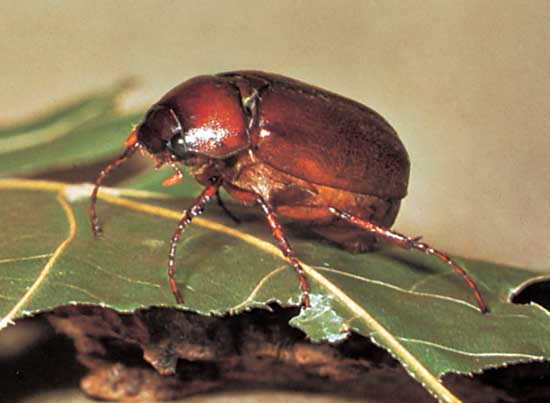
The June Beetle.
These black, brown and yellow beetles are around an inch long. They are members of the New World Scarab beetle family, or Phyllophagia (leaf-eater in Greek), which is part of the beetle order Coleoptera.
Side Note: Coleoptera contains the most species of any animal order in the world!
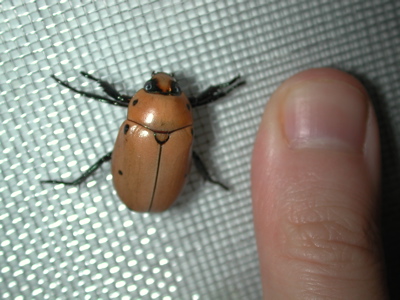
June beetles are "chafers", or leaf eaters, who enjoy eating corn leaves and other crops. While the beetles can be destructive, beetle grubs are especially evil. Living for three to four years underground, beetle larvae eat the roots of grass and cereal crops. They can be especially pesky underground at golf courses.
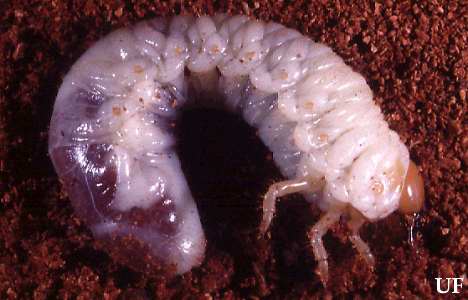
Ew.
My cousin Miss Lippy has a very disturbing story about such a grub attacking her as a child.
More intimidating than a June Beetle is the Stag Beetle!

Ay!
These oversized mandibles were thought to resemble deer antlers, hence the name "stag". While scary-looking to humans, the mandibles assist male beetles in wrestling matches to find mates!
The British stag beetle is the largest insect in England. Their grubs live in rotting wood instead of underground.
Perhaps the most annoying of these insects is an import: The Japanese Beetle, Popillia japonica.
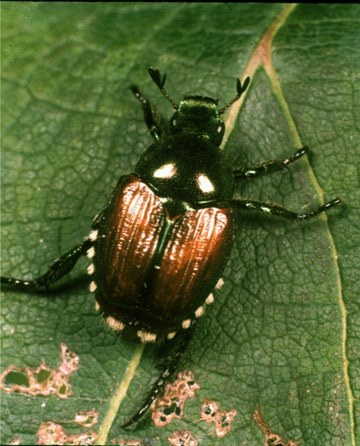
These green and copper beauties like to eat the leaves in your garden! In the US there are few natural insect or bird predators that will eat Japanese Beetles.
Thankfully the adults are only alive for about a month, and can be easily collected in a bucket of soapy water and discarded. If you have leaves which are eaten between the veins, or "skeletonized", Japanese Beetles might be the culprit.
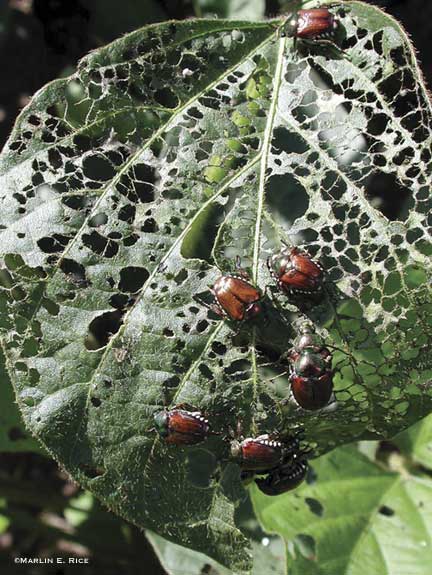
Scientists think these beetles were accidentally imported in a shipment of iris bulbs before 1912. The first Japanese Beetles were found in New Jersey in 1916.
Please keep me posted on any beetle sightings!
xoxoxoxo
Wendell!

2 comments:
I'm still allergic to the Japanese version...:-(
The only way I'd eat a grub is if I was starving and had nothing to eat but dirt or a grub! :)
Post a Comment